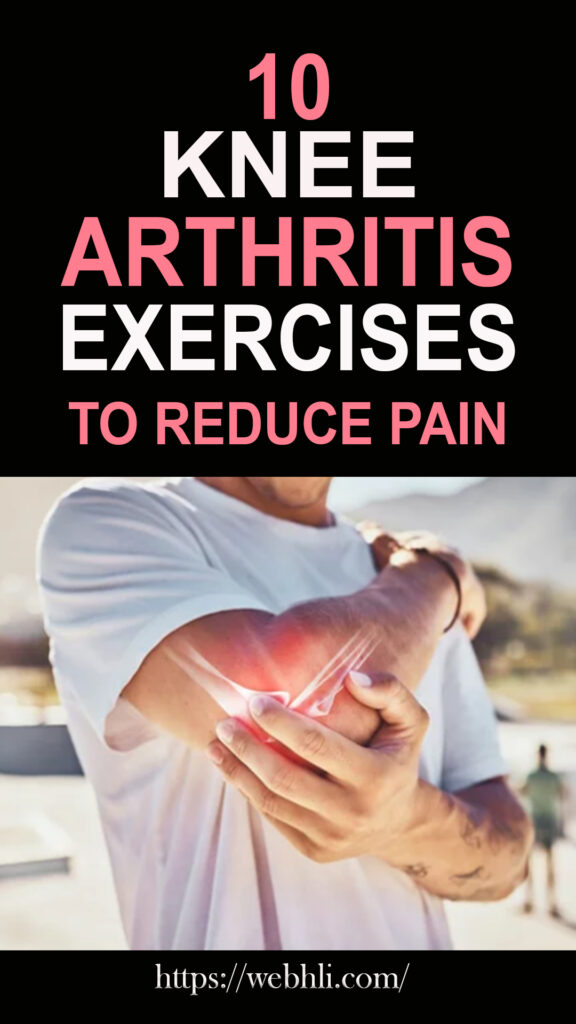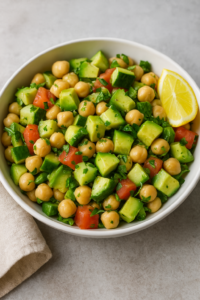
Knee arthritis can significantly impact your quality of life, causing pain, stiffness, and reduced mobility. However, incorporating specific exercises into your routine can help alleviate symptoms, strengthen the muscles around your knee, and improve joint function. Here are 10 effective exercises to reduce knee arthritis pain:
1. Straight Leg Raises
How to Do It:
- Lie on your back with one leg bent and the other straight.
- Tighten the thigh muscle of your straight leg and lift it to the height of the bent knee.
- Hold for a few seconds, then slowly lower it back down.
- Repeat 10-15 times for each leg.
Benefits: This exercise strengthens the quadriceps without putting stress on the knee joint.
2. Hamstring Curls
How to Do It:
- Stand behind a chair for support.
- Bend one knee, bringing your heel toward your buttocks.
- Hold for a few seconds, then lower it back down.
- Repeat 10-15 times for each leg.
Benefits: Hamstring curls strengthen the muscles at the back of your thigh, providing better knee support.
3. Wall Squats
How to Do It:
- Stand with your back against a wall, feet shoulder-width apart.
- Slowly slide down the wall until your knees are at a 30-degree angle.
- Hold for 5-10 seconds, then slowly slide back up.
- Repeat 10-15 times.
Benefits: Wall squats engage the quadriceps, hamstrings, and glutes, strengthening the entire lower body.
4. Calf Raises
How to Do It:
- Stand with your feet hip-width apart, using a chair for balance if needed.
- Slowly raise your heels off the ground, standing on your toes.
- Hold for a few seconds, then lower your heels back down.
- Repeat 10-15 times.
Benefits: Calf raises strengthen the calf muscles, improving stability and reducing stress on the knee.
5. Step-Ups
How to Do It:
- Use a step or a low platform.
- Step up with one foot, then bring the other foot up to meet it.
- Step down with the first foot, then the second.
- Repeat 10-15 times for each leg.
Benefits: Step-ups mimic daily activities like climbing stairs and help strengthen the quadriceps and glutes.
6. Leg Presses
How to Do It:
- Sit on a leg press machine.
- Place your feet shoulder-width apart on the platform.
- Push the platform away with your legs until they are almost straight, but do not lock your knees.
- Slowly return to the starting position.
- Repeat 10-15 times.
Benefits: Leg presses target the quadriceps, hamstrings, and glutes, providing comprehensive lower-body strengthening.
7. Heel and Calf Stretch
How to Do It:
- Stand facing a wall with your hands on the wall at shoulder height.
- Step one foot back, keeping both feet flat on the ground.
- Bend your front knee while keeping your back leg straight.
- Hold for 20-30 seconds, then switch legs.
- Repeat 2-3 times for each leg.
Benefits: This stretch helps improve flexibility in the calf muscles and Achilles tendon, reducing strain on the knee.
8. Quadriceps Stretch
How to Do It:
- Stand holding onto a chair for balance.
- Bend one knee, bringing your heel toward your buttocks.
- Grab your ankle with your hand and gently pull.
- Hold for 20-30 seconds, then switch legs.
- Repeat 2-3 times for each leg.
Benefits: Stretching the quadriceps reduces muscle tension and improves flexibility, easing knee pain.
9. Seated Hip Marches
How to Do It:
- Sit in a chair with your feet flat on the floor.
- Lift one knee toward your chest as high as possible.
- Lower it back down and repeat with the other leg.
- Repeat 10-15 times for each leg.
Benefits: Seated hip marches improve hip flexor strength and lower body mobility without putting stress on the knees.
10. Ankle Pumps
How to Do It:
- Sit or lie down with your legs extended.
- Point your toes away from your body, then flex them back toward your body.
- Repeat 20-30 times.
Benefits: Ankle pumps improve blood circulation and reduce stiffness in the lower legs, which can help alleviate knee pain.
Check out these related articles, too:
Did you know you can Manage Arthritis?
Arthritis And Diabetes - A Double Whammy
What is the most effective pain reliever for arthritis?
Conclusion
Incorporating these exercises into your daily routine can significantly reduce knee arthritis pain and improve your joint function. Remember to start slowly and gradually increase the intensity and duration of each exercise. If you experience severe pain or discomfort, consult a healthcare professional before continuing. Regular exercise, combined with a healthy diet and proper medical care, can help you manage knee arthritis effectively and improve your quality of life.



 Protected by Patchstack
Protected by Patchstack